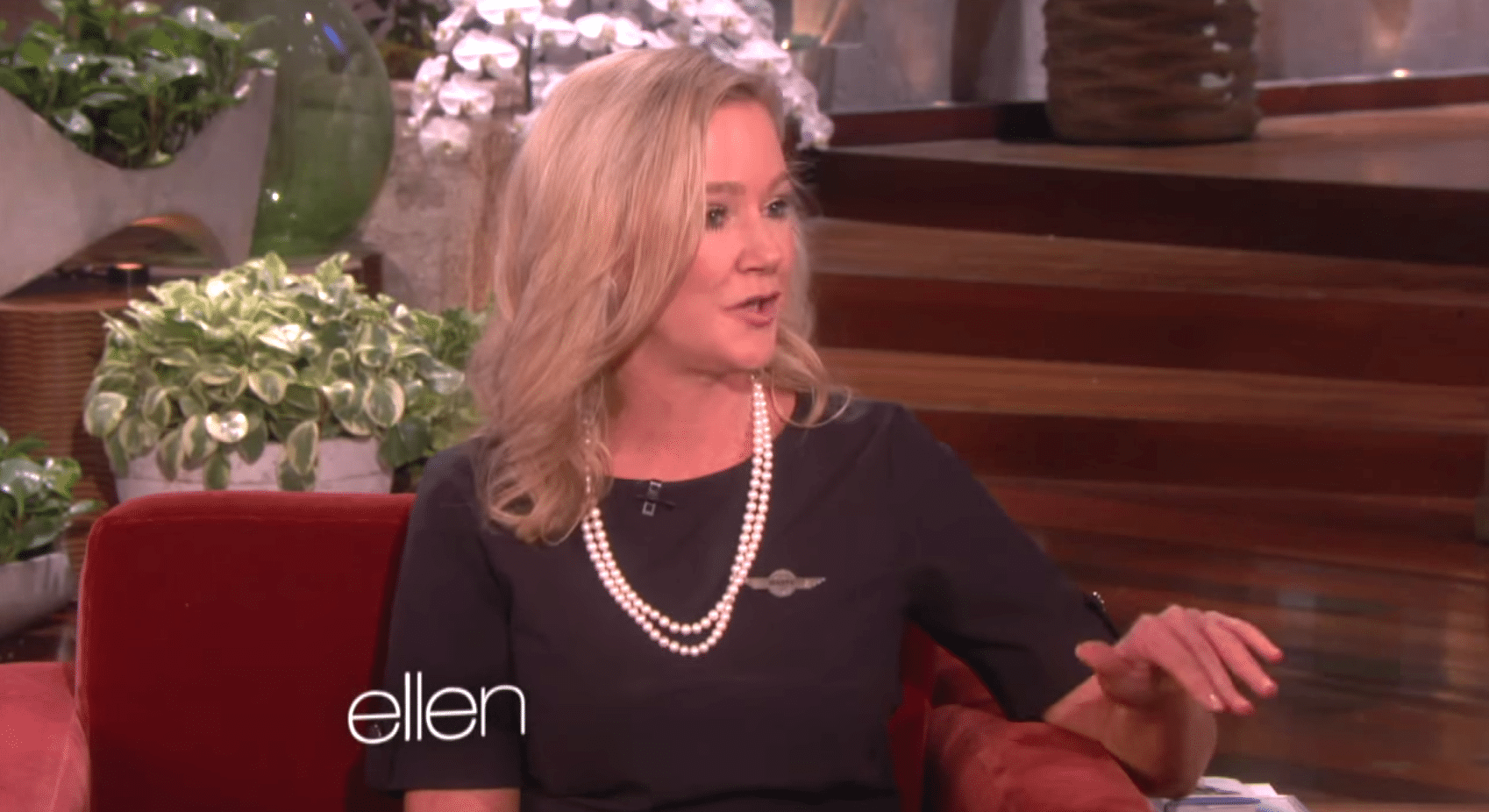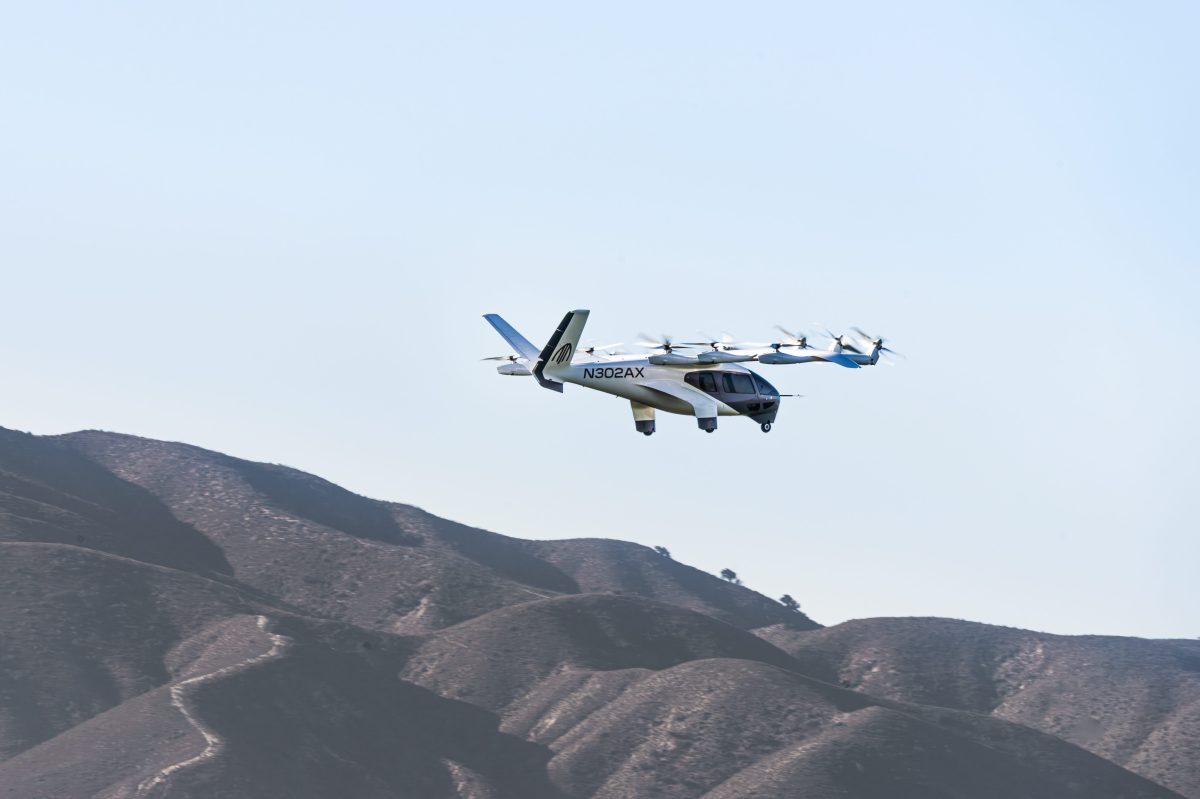Why Southwest Air Skips the Safety Videos in Favor of Free-Styling Flight Attendants

Skift Take
The safety trend today for airlines is increasingly creative and engaging pre-flight videos, intended to grab passengers' attention.
These videos are also an excellent marketing opportunity for airlines, not just to promote their brand but also, often, to encourage tourism to their country of origin.
While all of these successful viral videos are carefully scripted and staged, the original trend-buckers at Southwest Airlines allow their flight attendants to go off-script: cracking jokes, singing, and doing whatever it takes to get passengers to pay attention. This unique approach has had positive results both on the aircraft, where the passengers enjoy the show, and on the web, where videos of the improvised Southwest Airlines safety shows are uploaded by passengers and go viral.
Letting crew go off-script goes against the norm for airlines--accustomed to operating on explicit, detailed and inflexible procedures and checklists.
At the recent IATA Cabin Operations Safety Conference in Madrid, Skift caught up with Elise May, Inflight Aviation Safety Action Program (ASAP) at Southwest Airlines, and asked her how the Southwest manages the risks of going free-form during the safety briefings.
While the agenda at the conference was packed, and May was unable to give us the time required for an answer, she arranged for us to speak to Jeff Hamlett, Captain and Director Air Operation Assurance, to help answer our questions.
"As long as all of the Safety and regulatory requirements are met, our Flight Attendants are encouraged to make onboard Safety briefings engaging through the use of humor, song, or other individual twists," May explains. "One example of this is Flight Attendant Marty Cobb, who recently made a splash when her comedic pre-flight briefing went viral. Marty is just one example of the fun-loving spirit that Southwest Employees exhibit every day to further enhance our safety culture."
Cobb performed a stand-up routine unparalleled in the skies. She had passengers in stitches, facing up and forward, their full attention on the flight attendants; unlike most flights, on more conservative airlines, where passengers zone-out.
But how does an airline find the right candidates--skilled in their critical duties and entertaining? Does Southwest train its employees on comedy?
"We hire for attitude and train for skill," May tells Skift. "When trainees come to class, they learn the requirements and we also make it fun and interesting."
The airline's reputation as a fun place to work helps its recruiting efforts, broadening their pool of applicants and making find people with the right Southwest-attitude easier.
"When we opened up applications for flight attendants on December 18 last year, we had 10,000 external applications within two hours. Out of those, 486 have been invited to training so far."
All the fun is backed by a very serious safety agenda, and strict adherence to training requirements.
"Flight attendants receive five weeks of initial training, then recurrent training once a year at the facility. This recurrent training is both online and hands-on," May says.
Southwest's safety policies and procedures are stringent, regularly monitored and updated.
"We evaluate our performance on safety a day at a time." Hamlett says. "We ask ourselves: ‘what decisions are you going to make today which will impact safety?'"
May adds that the airline encourages all its employees to identify potential safety issues.
"We have a method of voluntary reporting systems where any employee can share confidentially," she says. "Safety is part of everything we do, and we want to hear from our employees if they ever have a safety concern. We have several voluntary reporting tools (internal website, telephone hotline, etc.) which allow our employees to share safety information. The reporter can remain anonymous if they desire. We get lots of valuable data through these reporting tools. The data is analyzed and often incorporated in our training and procedures."
IATA has recently drawn attention to the growing problem of unruly passengers onboard, and we participated with May in sessions expressly focused on training Cabin Safety Managers on how to deal with these challenging situations. May tells us that Southwest uses role-play during training, to ensure that employees know how to handle these passengers. The focus is on diffusing conflict. But, as she says, the onus of keeping order in the cabin isn't on the shoulders of the crew alone.
"Dealing with unruly passengers is about recognizing situations which may become problematic in flight," May says. "This begins before passengers get on the plane. Gate agents observe folks in the gate area to ensure that everyone is in a condition to travel."
All their funny business aside, Southwest has an admirable safety record. It has had very few incidents since starting service in 1971--none of them fatal.
Only one passenger death has ever been attributed to a Southwest flight. The death, which happened in August of 2000, was caused by the passenger himself. He attacked fellow passengers who then subdued him until the aircraft was able to land. As a result, the passenger suffocated. The forensic pathologist found traces of drugs in the 19 year old's system. The NTSB ruled that the death should not be counted against the airline as a fatal incident under those circumstances.
Southwest doesn't focus on their performance to date, but on their performance in future. Both May and Hamlett emphasized Southwest's serious safety culture during our conversation as vital to ensure its exemplary record is maintained. As Hamlett tells us: "It requires constant vigilance." While both were pleasant to talk to, neither May nor Hamlett cracked a single joke.
Marisa Garcia has worked in aviation since 1994, spending 16 years on the design and manufacturing of cabin interiors and cabin safety equipment. She shares insights gained from this experience on Flight Chic and Tweets as @designerjet.




